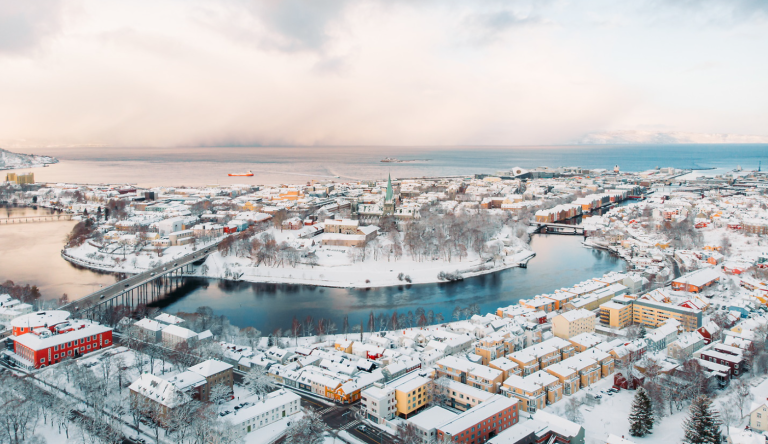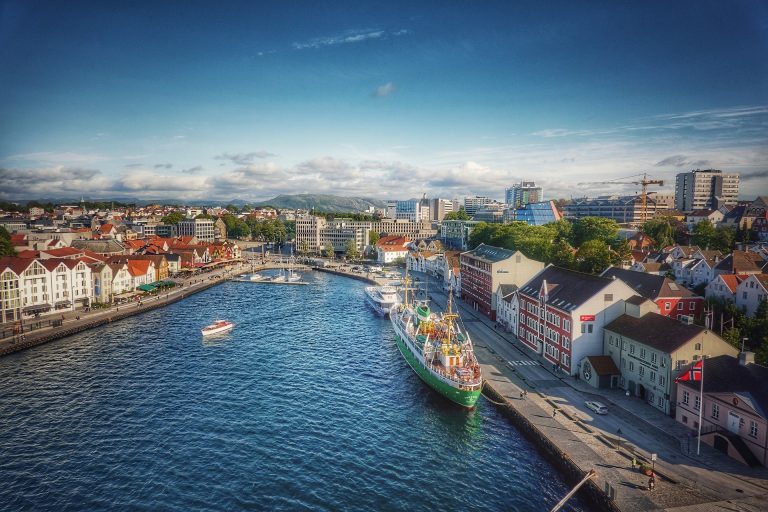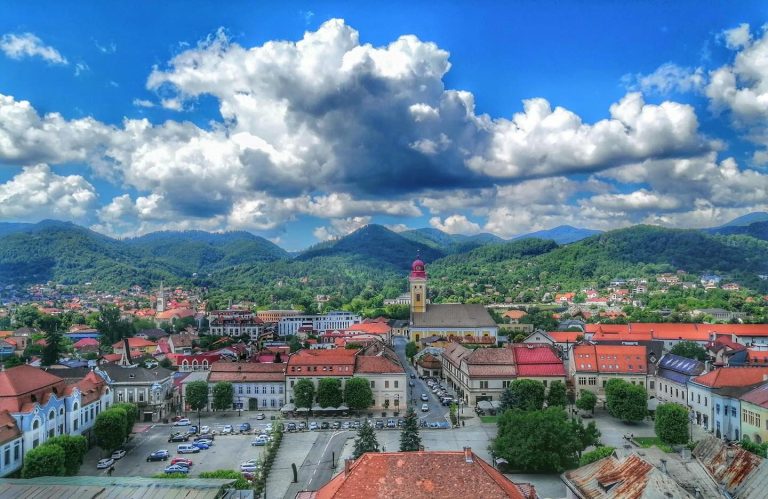How can we use smart technology and urban design solutions to shape sustainable, resilient, and innovative cities?
This article is part of a series dedicated to exploring and documenting best practices from Romanian and Norwegian partner cities within the framework of the project “Climate-Neutral and Smart Cities: Planning, Piloting, Inspiring” (2024–2025). Supported by the EEA and Norwegian Grants under the Bilateral Relations Fund, this initiative fosters cross-border collaboration and knowledge exchange to navigate the complex pathways toward climate neutrality.
Building the Road to Climate Neutrality
The transition to climate neutrality is reshaping cities worldwide, demanding innovative approaches that balance environmental, economic, and social sustainability. Sustainable mobility and renewable energy systems are two fundamental pillars driving urban transformations toward climate-neutral futures, offering cities the opportunity to integrate advanced technologies and systemic methodologies for change.
Sustainable mobility solutions are at the forefront of this transition. By leveraging cutting-edge technologies—including IoT, AI, and big data—cities can optimize traffic management, enable predictive maintenance, and enhance logistics. These advancements, coupled with the deployment of electric and autonomous vehicles, offer a cleaner, smarter transport system that not only reduces emissions but also fosters innovation and inclusivity in urban environments.
Similarly, renewable energy systems play a pivotal role in achieving climate neutrality. By replacing fossil fuels with clean alternatives such as wind, solar, and geothermal, these systems significantly reduce greenhouse gas emissions, enhance energy security, and stimulate economic growth. Integrated renewable energy technologies empower cities to establish sustainable energy frameworks that drive both carbon neutrality and resilience.
Exploring how these strategies work can unlock tangible outcomes. By drawing on inspirational examples from Stavanger, we highlight how cities can craft scalable and innovative solutions that set benchmarks for sustainable urban evolution worldwide. Ultimately, a shared vision, stakeholder engagement, and participatory processes can help cities navigate the complexities of climate-neutral transformations.
Stavanger’s Blueprint for Sustainability
Smart City Tools and Collaborative Solutions & Sustainable Mobility Practices
Nordic Edge is a leading cluster dedicated to advancing smart and sustainable urban solutions. Rooted in the philosophy “Smart with a Heart,” it champions collaboration, inclusivity, and human-centric approaches to urban challenges. By fostering partnerships across sectors, Nordic Edge develops impactful solutions that address the needs of cities while supporting a sustainable future.
Central to its mission is Innoasis, a dynamic innovation hub in Stavanger. This 4,000-sqm space combines coworking areas, event venues, and workshop facilities, offering startups, enterprises, and researchers the tools and networks to bring innovative ideas to market. Innoasis serves as a catalyst for collaboration, where diverse stakeholders connect to develop solutions that benefit both people and the planet.
Innovation hubs like Innoasis play a crucial role in driving knowledge spillovers and enhancing economic competitiveness. Collaborative projects, such as e-scooter hubs and expanded cycling lanes, combined with the cross-sectoral and interdepartmental approach facilitated by the hub, have streamlined the development of new mobility innovations, many of which are tested in a nearby lab. These initiatives have also provided the city with improved tools for mobility analysis and more effective strategies.
Nordic Edge also raises awareness and inspires action through events like the Nordic Edge Expo & Conference, which promote sustainable practices and scalable urban solutions aligned with global goals such as the UN’s Sustainable Development Goals.
The impact on Stavanger is profound: enhanced innovation capacity, improved urban management, and a thriving culture of sustainability. By driving economic growth and creating knowledge-based jobs, Nordic Edge and Innoasis exemplify how innovation spaces can transform cities into global leaders in smart, sustainable development.
Geothermal Energy Innovation
The University of Stavanger demonstrates how academia can drive practical climate solutions through its innovative geothermal energy project. This state-of-the-art Energy Central powers the Ullandhaug campus sustainably, utilizing 117 geothermal wells to provide heating and cooling while significantly reducing greenhouse gas emissions.
Research plays a pivotal role in advancing this initiative. Academic teams at the university are using the Energy Central as a living lab, exploring advanced drilling technologies, borehole heat exchangers, and comprehensive temperature monitoring. These efforts not only optimize operations but also yield valuable insights into improving geothermal systems, making them viable for urban areas globally.
By combining cutting-edge technology with research-based methodologies, the University of Stavanger showcases the transformative potential of academic innovation in addressing climate challenges. This approach serves as a model for cities aiming to implement sustainable energy systems in public and institutional buildings.
Key Takeaways for Romanian cities
Building integrated pathways to climate neutrality: To move from ambition to action, follower cities should adopt a holistic approach that interlinks all key sectors—transportation, energy, and urban planning—into a unified sustainability agenda. This means not just copying best practices, but customizing them to local conditions. By aligning infrastructure projects, policy reforms, and stakeholder incentives, cities can create self-reinforcing systems where cleaner transportation fuels demand for renewable energy, and well-designed neighborhoods reduce the need for private cars. Ultimately, this synergy boosts economic growth, reduces emissions, and builds public confidence in the transition to climate neutrality.
Cultivating dynamic innovation hubs and collaborative networks: Follower cities can replicate Stavanger’s success by establishing dedicated innovation clusters that bring together businesses, researchers, policymakers, and community groups. The key is to create environments—such as co-working spaces, testbeds, and incubators—that actively encourage knowledge sharing, cross-sectoral projects, and rapid prototyping. By fostering a culture of open innovation and trust, cities can accelerate the journey from idea to market-ready solution, enabling them to quickly adapt proven concepts to their unique contexts.
Elevating renewable energy through academic-industry synergy: To harness the full potential of renewable energy, follower cities should forge closer ties with universities and research institutions. This involves not only replicating demonstration projects—such as geothermal energy installations—but also using local universities as living labs to refine technologies, improve regulatory frameworks, and train the workforce needed to maintain low-carbon infrastructure. By tapping into academic expertise, cities can ensure that their renewable systems are grounded in evidence, driven by innovation, and tailored for long-term success.
Empowering stakeholders through participatory governance: To ensure that climate-neutral initiatives resonate with local communities, follower cities must prioritize transparency and inclusivity. Hosting public workshops, crowdsourcing ideas, and creating multi-stakeholder advisory panels can elevate community voices and tap into diverse expertise. This approach generates valuable feedback loops, improving both the technical quality and social acceptance of new policies. By involving residents, businesses, NGOs, and academic experts in the decision-making process, follower cities can create solutions that are equitable, widely supported, and built to last.
Romanian cities can draw inspiration from Stavanger by establishing innovation hubs, fostering cross-sectoral collaborations, and leveraging knowledge to accelerate the transition to climate neutrality. Investments in spaces that connect startups, researchers, public institutions, and citizens can stimulate sustainable initiatives such as advanced urban mobility and the integration of innovative transport solutions. Partnerships with academic institutions to leverage their expertise in developing technologies related to renewable energy, sustainable mobility, and urban efficiency can also bring significant benefits.







